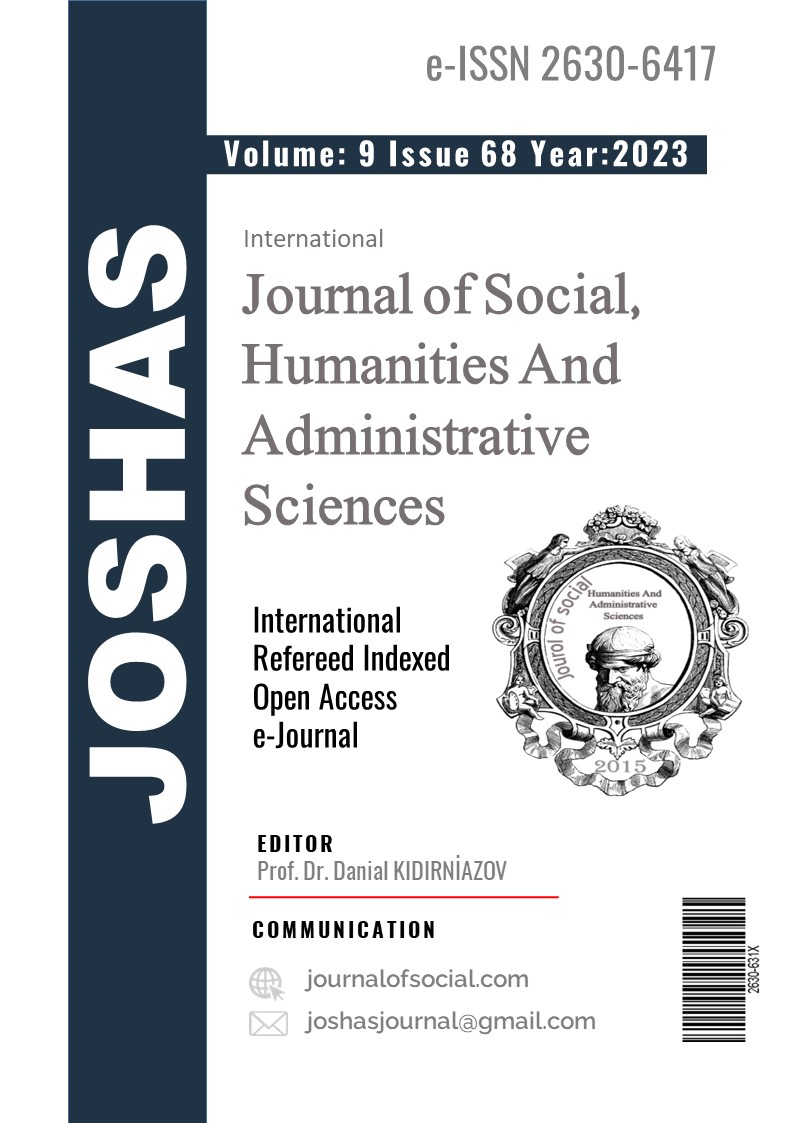Author :
Abstract
Türk müziği repertuvarında yer alan en eski kârların Farsça güfteli olduğu, Türk müziğindeki kâr örneklerinin formun tevârüs ettiği İrânî müzik geleneğinin bir yansıması olarak Farsça şiirlerden seçildiği ve bu doğrultuda 19. Yüzyıl ortalarına kadar Osmanlı/Türk müzik geleneği mensubu bestekârların kâr formunun ilk örneklerini bestelediği düşünülen ve Abdülkâdir Merâgî’ye atfedilen kârların -güfte lisanı başta olmak üzere- bazı biçim özelliklerini taklit etmek suretiyle kâr besteledikleri bilinmektedir. Bu geleneğin devamı niteliğinde ve Farsça şiirler ile bestelenmiş kâr sayısı oldukça fazla olmakla birlikte bu kârların güfte şâirlerinin çok büyük bir kısmı İrân edebiyatı şâirleridir. Özellikle Farsça güfteli ve notası mevcut bu kârlarda güfte değişim ve bozulmalarının Türkçe güfteli kârlara nispetle oldukça fazla olduğu görülmektedir. Konu ile ilgili güfte mecmûaları tarandığında ise bu yazmalarda hâne isimleri, güfte ve terennümleri ile birlikte lafzî olarak kayıt altına alınmış bu kârların güftekârlarının bilinmediği ve bu güftelerin orijinal şiirler ve şâirler bilinmeden yazmalara aktarıldığı tespit edilmiştir. Tüm bunlara aktif nota kullanımını müteakip Farsça diline olan ilgi ve hakimiyetin azalması da eklenince, bazı zamanlarda bu eserleri notaya aktaranlar tarafından güftenin denklem dışı bırakıldığı ve melodiye yakıştırılan anlamsız hece gruplarından ibaret, Farsça benzeri güfte enkazlarının meydana geldiği görülmüştür. Bu çalışmada; güftesi tahrib olduğu düşünülen ve repertuvar kayıtlarında şâiri bilinmeyen Farsça güfteli üç kârın kaynak tarama yöntemi kullanılarak güfte şâirleri belirlenmiş, mevcut notalardaki güfteler ile tespit edilen orijinal şiirler karşılaştırılmış ve ilgili eserler restore edilerek tekrar notaya alınmıştır.
Keywords
Abstract
It is known that the earliest kârs in the Turkish music repertoire have Persian lyrics that the examples of kârs in Turkish music were selected from Persian poems as a reflection of the Persian musical tradition that the form inherited, and accordingly, until the mid-19th century, Ottoman/Turkish music composers composed kârs by imitating some of the stylistic features of kârs attributed to Abdülkâdir Merâgî, who is thought to have composed the first examples of the kâr form, especially the language of the lyrics. Although the number of kârs composed with Persian poems, which are a continuation of this tradition, is quite high, most of the poets of the lyrics of these kârs are poets of Persian literature. It is seen that the change and destruction of lyrics is more frequent in these kârs with Persian lyrics compared to the kârs with Turkish lyrics. When the lyric manuscripts on the subject were scanned, it was found that the lyrics of these kârs, which were recorded verbatim in these manuscripts with their part names, lyrics and terennums, were unknown and that these lyrics were written in manuscripts without knowing the original poems and poets. With the decline in interest in and command of the Persian language following the introduction of active notation, it has been observed that the transcribers of these works sometimes left the lyrics out of the equation and created Persian-like wrecks of lyrics consisting of meaningless syllable groups that were attached to the melody. In this study, the poets of the lyrics of three kârs with Persian lyrics whose lyrics were destroyed and whose poets are unknown in the repertory records were identified by using the source search method, the original poems were compared with the lyrics in the existing scores, and the related works were restored and notated again.





